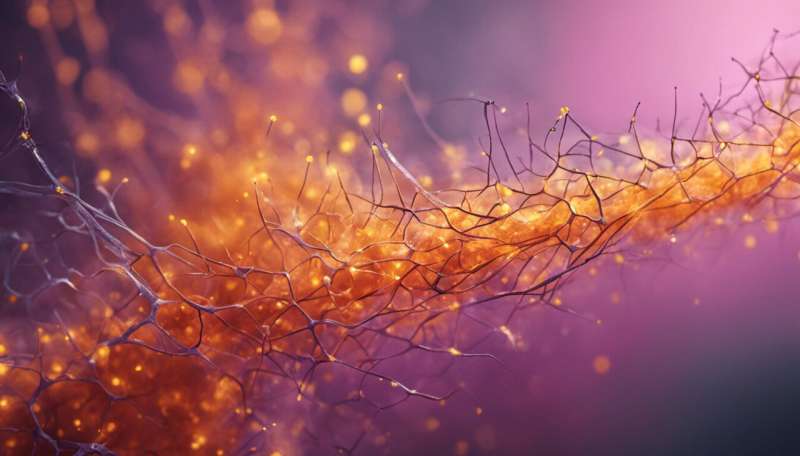Unlocking a secret of stem cell stability

Proper embryonic development depends on a signaling pathway that helps to preserve stem cell "immaturity."
By clarifying how embryonic stem (ES) cells maintain their remarkable developmental flexibility, or 'pluripotency', scientists hope to gain insight into tissue and organ formation that could inform breakthroughs in regenerative medicine. Biologists have uncovered several proteins that help to establish pluripotency, but they are still working out the details of how their functions are regulated.
A research team led by Davor Solter of the A*STAR Institute of Medical Biology, Singapore, and Xin-Yuan Fu of the National University of Singapore has solved an important piece of this puzzle by clarifying the role of the STAT3 protein during early embryonic development and in ES cell culture1.
"The involvement of STAT3 signaling in ES cell derivation and maintenance was known for a long time," explains Daniel Messerschmidt of the A*STAR Institute of Molecular and Cell Biology, who collaborated on this project. He notes that scientists can deliberately stimulate STAT3 activity in cultured ES cells by treating them with a protein called leukemia inhibitory factor (LIF), although precisely how LIF/STAT3 preserves pluripotency remains unclear.
Solter, Fu and co-workers demonstrated that LIF switches on STAT3 signaling early in mouse development, when the embryo consists of just four cells. They subsequently determined the consequences of eliminating STAT3. As early-stage embryos draw on a stockpile of maternally produced STAT3, the researchers therefore devised a strategy to selectively eliminate this gene from eggs. Such eggs still yielded embryos after being fertilized by sperm also lacking STAT3, but perished within four or five days.
STAT3-deficient embryos exhibited severe defects in the inner cell mass (ICM), the embryonic structure that eventually gives rise to all other tissues in the body. In comparison, loss of STAT3 did not affect development of the trophectoderm, a layer of cells that nurtures and supports embryonic development but does not contribute to the embryo itself. Interestingly, STAT3 appears to be unnecessary for initial formation of the ICM; instead, it sustains the ICM through subsequent stages of development.
The researchers revealed that activated STAT3 promotes ICM maintenance by directly switching on Oct4 and Nanog, two genes with a well-established role in pluripotency. Accordingly, targeted inhibition of STAT3 in cultured ES cells led to a sharp reduction in Oct4 and Nanog activity, and caused these cells to lose their pluripotent characteristics and differentiate into mature cells. This regulatory axis linking STAT3 to Oct4 and Nanog thus appears to be a critical mechanism for preserving 'stemness' in the early days of the embryo.
More information: Do, D. V., Ueda, J., Messerschmidt, D. M., Lorthongpanich, C., Zhou, Y. et al. A genetic and developmental pathway from STAT3 to the OCT4–NANOG circuit is essential for maintenance of ICM lineages in vivo. Genes & Development 27, 1378–1390 (2013). | article: genesdev.cshlp.org/content/27/12/1378
















